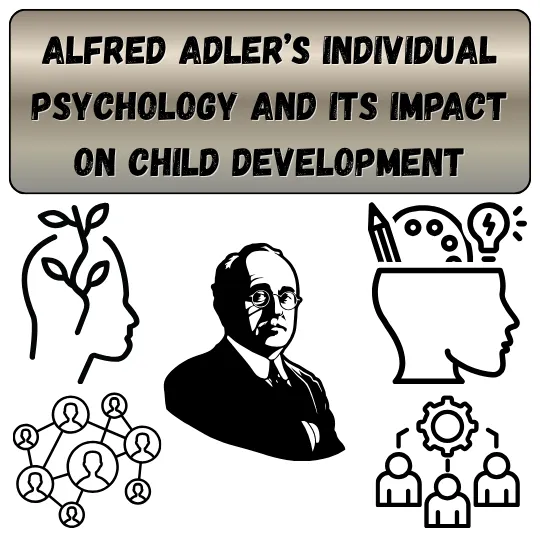What is Contextual Safeguarding?

In recent years, Dr. Carlene Firmin pioneered a new concept focused on protecting children from harm experienced outside the home environment. This proactive approach, now known as 'Contextual Safeguarding,' is more accurately defined as 'assessing risks outside the home environment.’
Dr Carlene Firmin recognised that children are influenced by a complex network of relationships and environments extending beyond their families. She acknowledged that peer relationships, online activity, schools, social media, local communities, and other community spaces can expose children to significant risks, including:
- Child sexual exploitation or CSE
- Child criminal exploitation or CCE
- Serious youth violence
- Child-on-child abuse
- Online abuse and harassment
This approach also recognises that parents often have limited control over these external factors and may find it challenging to protect their children from the associated risks.
Principles of Contextual Safeguarding

The core principle of contextual safeguarding is to develop a deep understanding of the environments in which children spend their time. This understanding is crucial because a child’s environment often shapes the abuse and exploitation that happens outside of the home. Online activities, peer groups, schools, and community spaces can all pose a risk to children.
- Schools – Potential for bullying, peer pressure and harmful relationships
- Communities – Potential for vulnerability to crime, violence and exploitation.
- Online spaces – Risks of cyberbullying, online grooming and exposure to inappropriate content.
- Peer groups – Susceptibility to negative influence and pressure.
Contextual safeguarding necessitates collaborative efforts across various services and professionals. This collective approach is essential for addressing contextual safeguarding concerns. It empowers the professional network - including social workers, teachers, law enforcement officers, youth workers, and community members - to identify areas of risk within an environment and act to make that environment safer.
For instance, if a local park is identified as a site for child exploitation, intervention may require social workers to directly support the victim, law enforcement to enhance park safety, and the local authority to consider environmental modifications, such as improving visibility, to reduce risk.
Contextual Safeguarding Examples
| Safeguarding Issue | Description |
|---|---|
| County Lines | Criminal gangs exploit vulnerable children to transport and sell drugs across county lines. These children are often coerced and face the threat of violence and criminalisation. Children who go missing from home, truant from school, experience a chaotic home life, or use substances are more vulnerable to county lines. |
| Online Grooming | Predators use online platforms (such as chat rooms or social media) to groom and exploit children. The end goal of the predator is usually sexual abuse and exploitation. Children seeking love and belonging and those with unsupervised internet access are particularly vulnerable to online grooming. |
| Child-on-Child Abuse | This encompasses bullying, harassment, and relationship abuse. While often occurring within schools, it can also manifest outside of the school environment, such as in the local community. Children with low self-esteem, those perceived as different (such as having special educational needs), or those who have witnessed domestic abuse are more vulnerable to child-on-child abuse, either as victims or perpetrators. |
| Harmful Behaviour in Residential Care | Past trauma, lack of appropriate boundaries and supervision, and unhealthy social dynamics within residential care settings can lead to harmful behaviours between children. Children in unregulated care homes are particularly vulnerable in this context. |
| Radicalisation | Extremist groups radicalise and recruit children, potentially leading to harm to themselves and others. Radicalisation can happen both in-person and online. Children who have unsupervised access to the internet can be more vulnerable to radicalisation. |
| Homelessness | Children experiencing homelessness or living independently (from parents) face an elevated risk of exploitation and mental health challenges. |
The preceding examples illustrate some contextual safeguarding issues, but many others exist. For example, children in foster care may experience exploitation by older foster siblings, while children in schools with high levels of gang activity may be at risk of involvement in criminal behaviour. These examples highlight the diverse risks children may encounter outside the home environment.
Contextual Safeguarding in Practice

Understanding contextual risks requires professionals to look beyond the immediate situation. For instance, if a child is found by law enforcement with drugs, rather than labelling them as drug users or dealers, professionals should investigate the child's community, peer group, and frequently visited environments. While the child may have chosen to use drugs voluntarily, it is equally possible they are being coerced into selling drugs for a criminal gang.
Professionals should utilise mapping exercises (either with the child or the professional network) to understand the various environments influencing the child’s life. This can also help identify additional victims or individuals who may pose a risk to the child. Moreover, understanding the reasons behind the actions and the specific dynamics of the environment or peer group allows professionals to grasp the context of the behaviour. This understanding is crucial as it allows for a more empathetic and targeted intervention, which can provide better support to the child.
Contextual safeguarding is significantly more effective when implemented through interagency collaboration and partnership. This necessitates information sharing and prompt consideration of all options by agencies such as law enforcement, social services, youth justice services, and schools. Collaborative efforts enable holistic child support, more targeted interventions, and strengthened interagency networks.
An important consideration in contextual safeguarding is the potential for multiple victims within a single issue. For instance, gangs may use children to recruit other children into drug dealing, or gang initiation may involve harming or abusing another child.
Distinguishing Traditional and Contextual Safeguarding

Traditional safeguarding typically focuses on:
- Harm within the home (Intra-familial harm).
- Parent or caregiver’s ability to meet basic needs and keep the child safe.
- Social services and Police intervention.
- Influence of family members.
- Reactive intervention that happens after harm has occurred.
Contextual safeguarding typically focuses on:
- Harm outside the home (Extra-familial harm).
- How peer groups and other environments influence the child.
- Multi-agency collaboration.
- Being more proactive to take action before harm happens.
Conclusion
In summary, contextual safeguarding provides a framework for professionals working with children to broaden their understanding of child protection, enabling them to recognise risks originating from environments outside the home.
Instead of focusing solely on risks posed by family members, contextual safeguarding considers peer relationships, online interactions, and various environments such as schools and community spaces like local parks.
This shift in focus enables a more holistic, community-based safeguarding approach.


